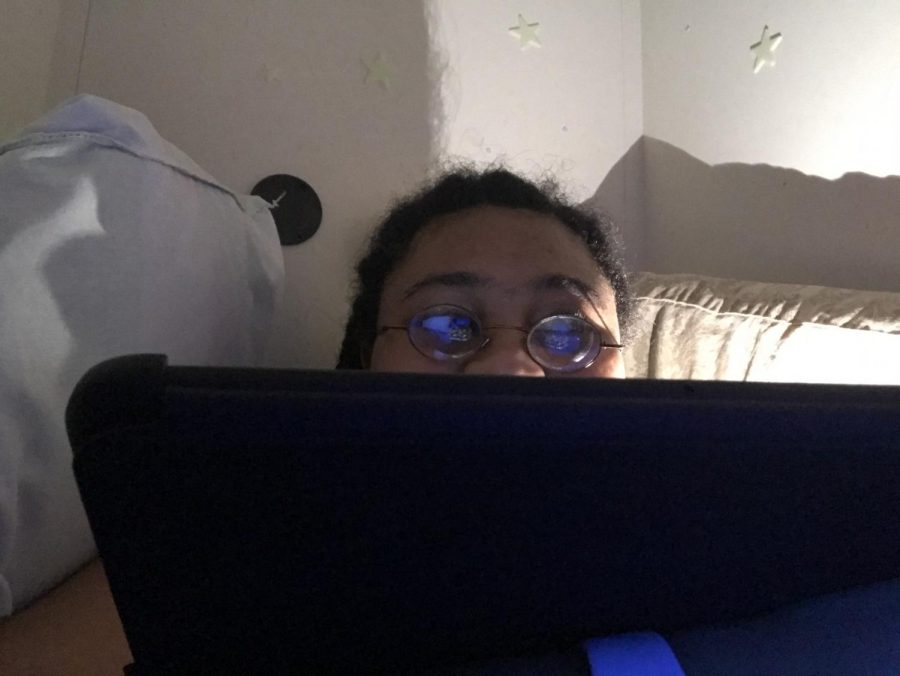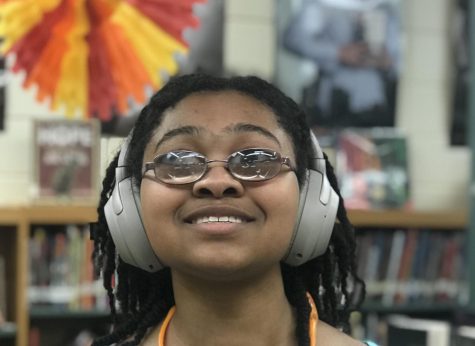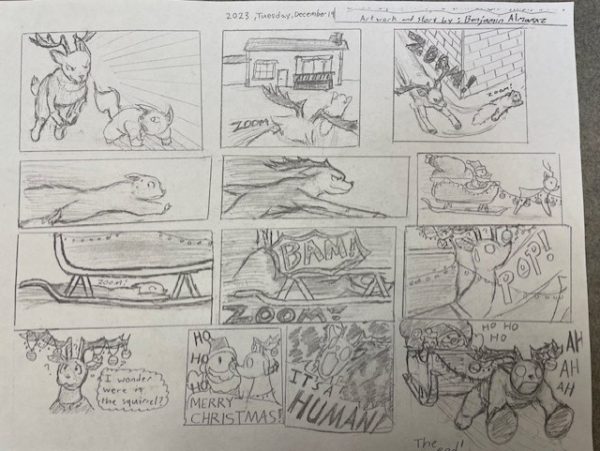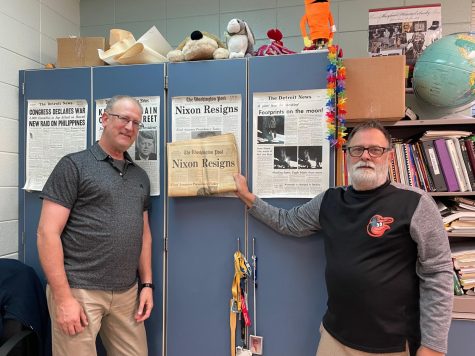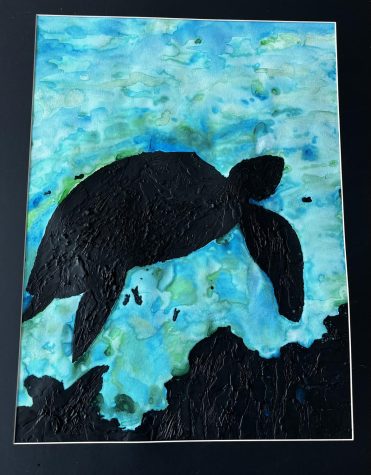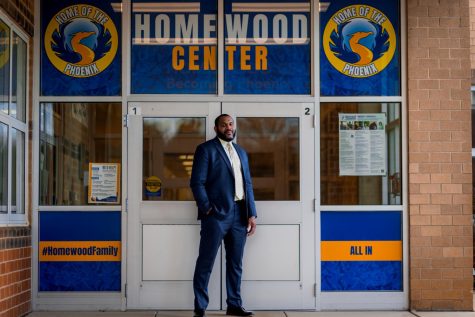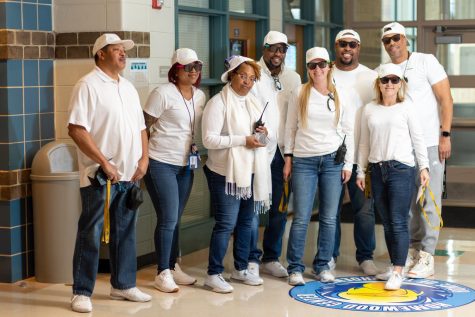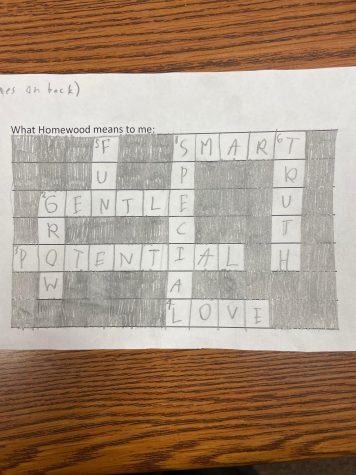Disability Access After Covid19
June 8, 2020
The COVID-19 pandemic has had a devastating impact on society worldwide. Many people have died, lost loved ones or lost their jobs. In the midst of this crisis, there is a lesson that can be learned when it comes to disability access. To try to slow the spread of the coronavirus, government and health officials have issued strict social distancing guidelines and stay at home orders. With people being unable to attend work, school, or social activities in person, these things are now all being done virtually.
The new virtual way of life, has made it possible for people who have chronic illnesses, and were previously unable to participate, to now participate in life. I am a 16 year old high school student, who has hyperacusis which causes me to experience physical pain from everyday sounds. “Before COVID-19 I was in a lot of pain at school, and would also get lingering migraines afterwards due to the noise. Distance/online learning had not been an option in Howard County prior to COVID-19. Distance learning has enabled me to be able to learn, work, and socialize without it causing me pain, as I have volume control from my room. But I am not the only person who has benefitted from distance learning. Layla Adrianovska, a 19 year old college student from the U.K. who has been diagnosed with pheochromocytoma, which causes her peripheral neuropathy, weakness, leg, stomach, head, and body pain says that “it was extremely hard for me to go to school everyday, there was no option for me to get lecture recordings or do courses online before COVID-19. It’s so unfortunate that the accommodations only magically exist during COVID-19. Freya Longden, an American college student who has been diagnosed with chronic fatigue syndrome, struggled to attend school. Freya says “I’ve battled my school to be able to work at home, and was constantly denied. I am now in college, and during COVID-19 I have seen my former school post on Facebook offering students the same accommodations that I had been denied. There is no proper support for the disabled until it becomes a majority need. The minority doesn’t count. Marie Dagenais Lewis, a TV host who has multiple hereditary exostoses, a rare disorder that causes her to have painful tumors all over her body, says “COVID-19 and quarantine has proven that my industry can be made more accessible. I am trying to advocate for my industry to NOT go back to normal, and instead understand that remote capability means more access for the chronically ill.”
The ADA defines a disability as a physical or mental impairment that substantially limits one or more major life activities. People who are unable to participate in everyday life activities due to a chronic medical condition, meet the ADA definition of having a disability. The ADA has required that people with a disability be given reasonable accommodations to allow them to access the same public services, opportunities, or activities as their non-disabled counterparts. For years, many people with chronic illnesses have requested accommodations such as, telework, distance learning, and virtual participation as accommodations, but have mostly been denied.
COVID-19, has shown the world that we do have the ability to offer work, school, and social activities virtually. My hope is that people will learn from this pandemic, and continue to provide accessible virtual options for those with debilitating chronic medical conditions so they can participate in life without exacerbating their health. Providing virtual access to someone who can’t participate in person due to their medical condition is no different than providing a ramp for a person in a wheelchair.

